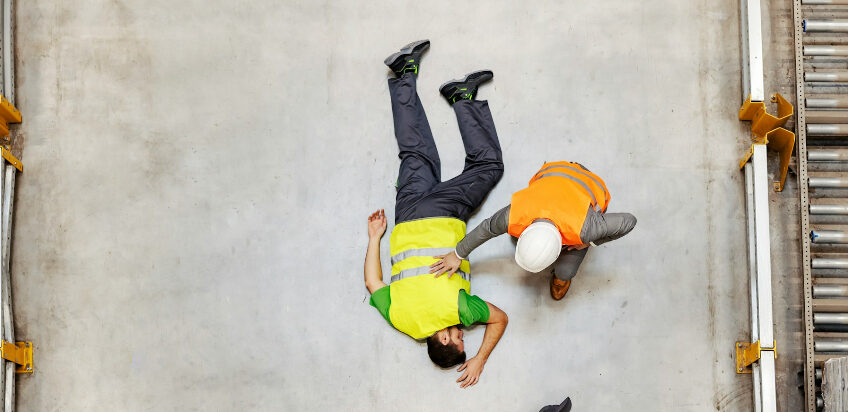Construction work is essential to New Jersey’s growth, but it is also one of the most dangerous industries. Workers face daily risks from heavy machinery, hazardous materials, and elevated work sites. When accidents occur, they can result in severe injuries or even fatalities. Understanding the most common types of construction accidents and determining who may be held liable is crucial for protecting the rights of injured workers and their families.
Frequent Types of Construction Accidents
Falls from Heights
Falls from scaffolding, ladders, roofs, or other elevated areas are among the leading causes of serious injuries and deaths on construction sites. Even with safety harnesses and guardrails, inadequate fall protection or unstable surfaces can result in catastrophic accidents.
Struck-by Incidents
Construction sites often involve moving vehicles, cranes, and heavy equipment. Workers can be struck by falling tools, building materials, or swinging loads from cranes, causing head injuries, fractures, and other serious harm.
Electrocutions
Working near power lines, unfinished electrical systems, or exposed wiring poses a significant electrocution risk. These accidents can lead to severe burns, nerve damage, or death.
Caught-in or Between Accidents
Workers may become trapped between heavy machinery and walls, caught in collapsing trenches, or pulled into equipment. These accidents often cause crushing injuries, amputations, or fatalities.
Scaffold and Ladder Failures
Improper assembly, defective materials, or lack of inspection can lead to scaffolds or ladders collapsing while in use. These incidents can result in multiple injuries to workers below as well as those on the equipment.
Machinery Accidents
Improperly maintained or defective machinery can malfunction, injuring operators or nearby workers. Lack of training also contributes to accidents involving forklifts, excavators, and other equipment.
Determining Liability in New Jersey Construction Accidents
In New Jersey, determining liability depends on the circumstances of the accident and the relationships between the parties involved. Potentially liable parties include:
- Employers: While workers’ compensation generally covers job-related injuries, employers may be liable if they engage in intentional wrongdoing or fail to comply with critical safety regulations.
- General Contractors and Subcontractors: These parties are responsible for maintaining safe worksites, enforcing safety standards, and ensuring proper training. Failure to do so can make them liable for accidents.
- Property Owners: If unsafe property conditions contribute to the accident, the owner may share responsibility.
- Equipment Manufacturers: Defective tools or machinery that cause injury can lead to product liability claims against manufacturers or suppliers.
- Other Third Parties: Independent contractors, architects, or engineers whose negligence contributed to unsafe conditions may also be held accountable.
Workers’ Compensation vs. Third-Party Claims
Most injured construction workers in New Jersey are entitled to workers’ compensation benefits, which cover medical expenses and a portion of lost wages regardless of fault. However, workers’ compensation does not provide damages for pain and suffering. If a third party—such as an equipment manufacturer or subcontractor—caused the injury, the worker may pursue a separate personal injury lawsuit for additional compensation.
The Importance of Immediate Action
After a construction accident, it is essential to report the incident, seek prompt medical attention, and preserve evidence such as photographs, witness statements, and safety inspection reports. An experienced construction accident attorney can investigate the cause, identify all responsible parties, and ensure compliance with filing deadlines.
Conclusion
Construction accidents in New Jersey can arise from many hazards, from falls and electrocutions to machinery malfunctions. While workers’ compensation provides important benefits, identifying third-party liability can significantly increase the recovery available to injured workers. Knowing who is responsible—and acting quickly—can help victims secure the compensation they need to recover and protect their future.
